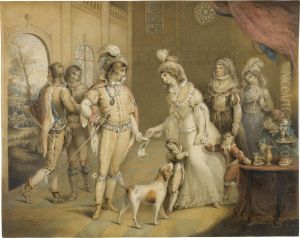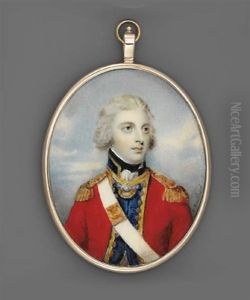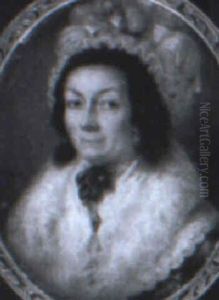Charles Bestland Paintings
Charles Bestland was an English artist known primarily for his portrait paintings and miniatures. Born in 1763, he lived during a period of significant change and development in the British art world, which was seeing the rise of institutions like the Royal Academy of Arts and a burgeoning interest in landscape painting and portraiture among the English aristocracy and middle classes.
Bestland was active as a painter in the late 18th and early 19th centuries. Although not as famous as some of his contemporaries, he did achieve a certain level of success and recognition in his time. He is often noted for his detailed and realistic portraits, which capture the fashion and sensibilities of the era. His works were characterized by a strong attention to detail, particularly in the rendering of clothing and textiles, which was a hallmark of portrait painting of the period.
Despite the fact that Bestland's work was well-received, he did not leave behind a legacy as significant as some of his peers. His life and career were somewhat overshadowed by the likes of Thomas Gainsborough and Sir Joshua Reynolds, who were leading figures in English portraiture at the time. Unfortunately, detailed records of Bestland's life, training, and career are not as well-documented as those of his more famous counterparts, which means that our understanding of his life and work is somewhat limited.
After his death in 1837, Charles Bestland's contributions to art remained appreciated by collectors and art historians, though he did not achieve the lasting fame of the era's leading artists. His works today can be found in art collections and are of interest to those studying the period and the genre of portraiture during the late 18th and early 19th centuries.


